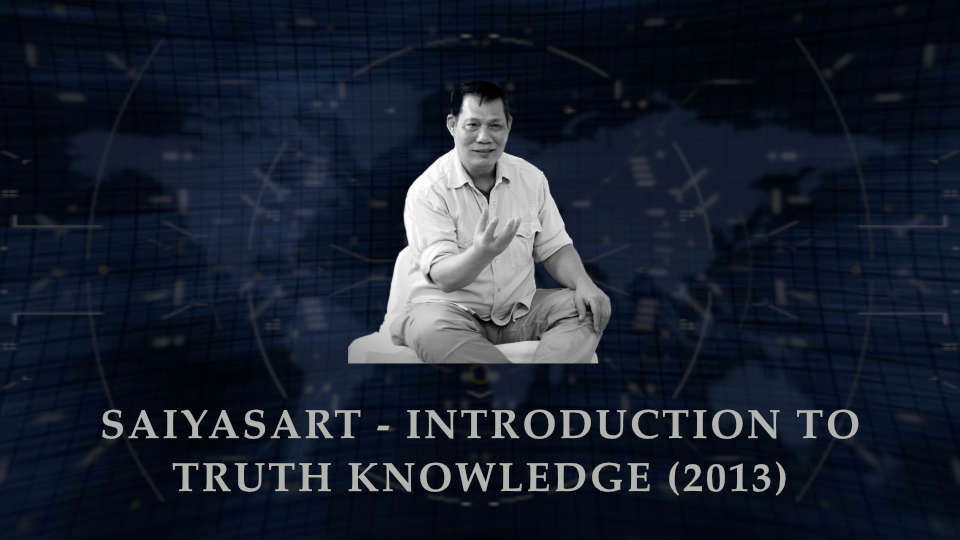Content
About views and evaluations
Views and evaluations are the results of a probability calculation that represents information from a specific fixed point for a specific moment. The process of calculating the perceived data is the estimation and processing, whereby the processed information can provide two typically different results:
The view and the evaluation.
The result differs from the actual information which existed at the time of its creation. The result has only given different information an equal denominator, which allows viewing with identical value.
The sequence of this probability calculation is in four sections.
- The first section is data capturing. Independent from the current perception capacity or the perceivable information content, life-concerning data is immediately separated and the remaining data is compiled as raw information.
- The second section leads to the so-called structural comparison between the remaining data of the raw information and the available data set. Here not perceived parts of the raw information are raplaced with data from the data storage if they are available. Those information that cannot be classified is either discarded or assigned to a new category of its own database. The data that exists after this structuring is recorded as basic data for further processing.
- The third section is the actual probability calculation. A simulated development process is performed with the basic data for the specific moment, with the existing information of the fixed point. The result is available as prepared information.
- The fourth section is used to limit and provide guidance for the final result. The information content will therefore focus on a certain amount and will be available for recalling in a restructured manner as a result.
The output of this processed information differs in principle between the indication as a data-affected person (view) and the indication as the viewer (evaluation).
Evaluation 1: Knowledge
A glass falls from a table and breaks. The recorded information is a history of events that does not allow a probability calculation, but only a data comparison between the basic data of the recorded information and the own data set.
The way the glass has fallen off the table is in line with logic (physically). What is still lacking in information is the reason for the fall. The information is therefore illogical or simulates a logic. The fallen glass breaks, also corresponds to logic, just as if it had not been broken. Both are logical, and the facts of the information are one of the two possibilities.
What is missing is the information, which as a prerequisite represents the continuation of the glass breaking. This makes the basic information illogical (only simulated logically). Due to the missing orientation specification / orientation specification, the data output between logical and illogical is processed.
Evaluation 2: The experience
Now the same example, plus a data comparison. A glass falls from a table and breaks. The own data or experience will automatically complete the cause of the glass falling.
The glass may have been accidentally or intentionally knocked over by a human or a pet, which would also confirm the logic, because the glass was on the table and it was on firm ground. If the glass has the property of being fragile, then the resulting sequence is also logical.
Thus, all information is supplemented by logical experiences from the past and a so-called real implementation is created. Thus, the orientation specification does not process the data output between the logical and the illogical, but by the successive events.
Evaluation 3: Believe
The same example with data comparison of the information of the data set with the smallest value. A glass falls from a table and breaks. The fact is that the glass has fallen, occured without specifying the reason. Since the fact corresponds to logic, a logical cause is now assumed. A logical theory is put forward which is responsible for the cause of the fallen glass.
If a pet exists nearby, the logical theory could determine it as the cause. The orientation guidelines for the data output thus deal with the probability or logical theory (believe), which can be placed in an undeniable logical context.
Recommended glossary entries



